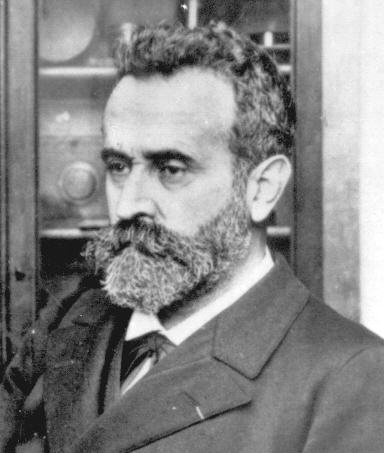Alphonse Bertillon (Alphonse Bertillon)

Criminologist. Bertillon began his career as a records clerk in the Parisian police department. He was the son of medicial professor Louis Bertillon. His obsessive love of order led him to develop his own methods of identifying suspects. Bertillon identified individuals by measurements of the head and body, shape formations of the ear, eyebrow, mouth, eye, etc., individual markings such as tattoos and scars, and personality characteristics. In 1883, the Parisian police adopted his anthropometric system, called signaletics or bertillonage. In 1884, Bertillon used his method to identify 241 multiple offenders, and after this demonstration, bertillonage was adopted by police forces in Great Britain, Europe, and the Americas. One of Bertillon’s most important contributions to forensics was the systematic use of photography to document crime scenes and evidence. He also worked to further the development of other forensic scientific techniques, such as handwriting analysis, galvanoplastic compounds to preserve footprints and other impressions, ballistics, and a dynamometer which measured the degree of force used in breaking and entering. (bio by: Shock)
Born
- April, 23, 1853
- France
Died
- February, 02, 1914
- Switzerland
Cemetery
- Cimetière du Père Lachaise
- France

